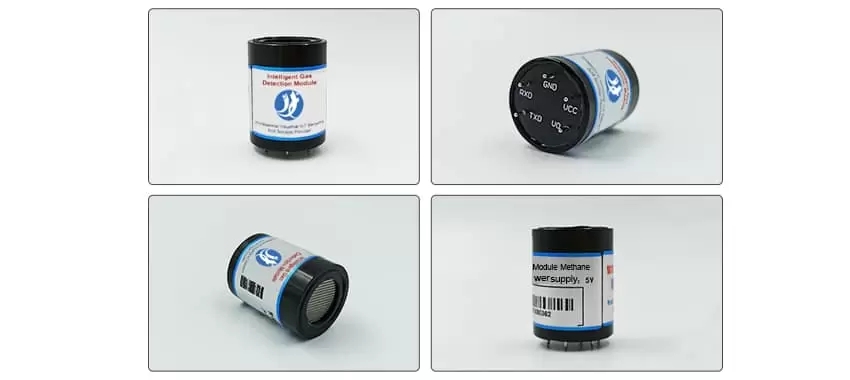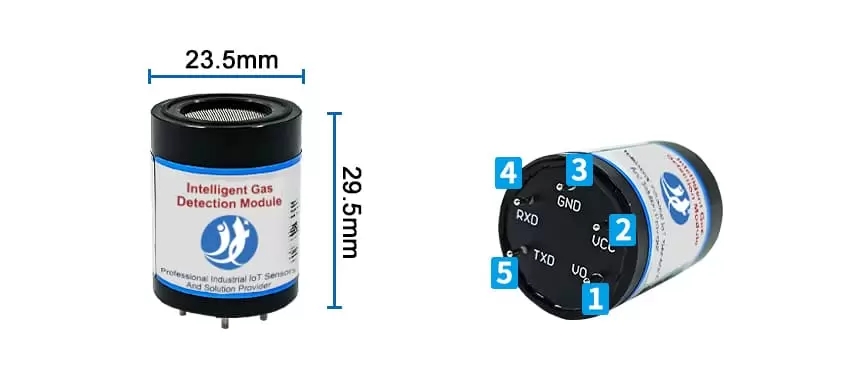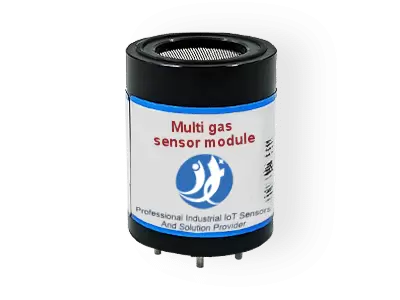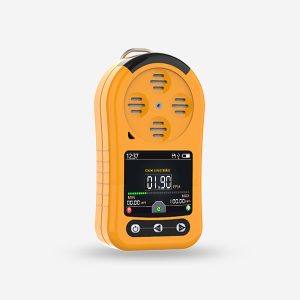
Product Introduction:
NO gas module is an intelligent gas detection module, the module built-in high-precision electrochemical sensor, through the patent circuit gas concentration signal output to the customer needs of the digital signal. The sensor is equipped with high precision amplification, noise removal processing and temperature compensation processing. At the same time, each sensor has been calibrated by standard gas before leaving the factory, so as to ensure that customers can directly output usable and accurate gas concentration information from the sensor module.
* Models:JXM-NO
* Minimum order quantity: 1 piece
* Delivery time: within 24 hours
Parameters:
Determination parameter: nitric oxide
Communication mode: RS485
Power supply: Power supply 5V
Measuring range: 0-250ppm
Measurement principle: Electrochemistry
Resolution: 0.01ppm
Accuracy: ≤ ±3% of reading (25℃)
Response time: Generally less than 15 seconds
Features:
1. Patented variable gain amplifier circuit, high sensitivity, high resolution
2. The factory has been calibrated, no secondary calibration, direct use
3. Small size, easy installation, safety design
4. Support a variety of interfaces including digital and analog
Attention:
(1) Do not plug or remove the sensor on the module. Incorrect use will cause irreversible damage.
(2) It is forbidden to weld the pins of the module directly, and the tube seat of the pins can be welded.
(3) Module to avoid contact with organic solvents (including silicone and other adhesives), coatings, pharmaceutical, oil.
(4) Do not pass over the range of high concentration of gas, it will cause can not be damaged.
(5) The module shall not withstand excessive impact or vibration.
(6) The module needs to be preheated for more than 3 minutes for the first time.
(7) Do not use the module in systems involving personal safety.
(8) Do not install the module in the strong air convection environment

FAQs:
1.The harm of nitric oxide?
Hazardous characteristics: Strong oxidation. Contact with inflammable materials and organic matter is easy to ignite. Explosive combination of hydrogen gas. Contact with air gives off a brown, acidic, oxidizing, brownish yellow mist. Nitric oxide is less reactive, but is easily oxidized into nitrogen dioxide in the air, which is highly corrosive and toxic.
The product is unstable and is quickly converted into nitrogen dioxide in the air to produce a stimulating effect. Nitrogen oxides mainly damage the respiratory tract. Initial symptoms of eye and respiratory irritation, such as pharyngeal discomfort, dry cough, etc. Delayed pulmonary edema, adult respiratory distress syndrome, chest tightness, respiratory distress, cough, frothy sputum, cyanosis, etc. often occur after an incubation period of several hours to more than ten hours or longer. Pneumothorax and mediastinal emphysema may be complicated. Delayed obstructive bronchiolitis may appear about two weeks after the resolution of pulmonary edema. High nitric oxide concentration can cause methemoglobinemia. Chronic effects: The main manifestations are neurasthenic syndrome and chronic respiratory inflammation. Pulmonary fibrosis occurred in isolated cases. Can cause dental acidosis.
Environmental hazard: It is harmful to the environment and can pollute water, soil and atmosphere.
2. What is the scope of application?
The product can be widely used in gas detection installation, scientific experiment, industrial gas measurement and other fields





Reviews
There are no reviews yet.